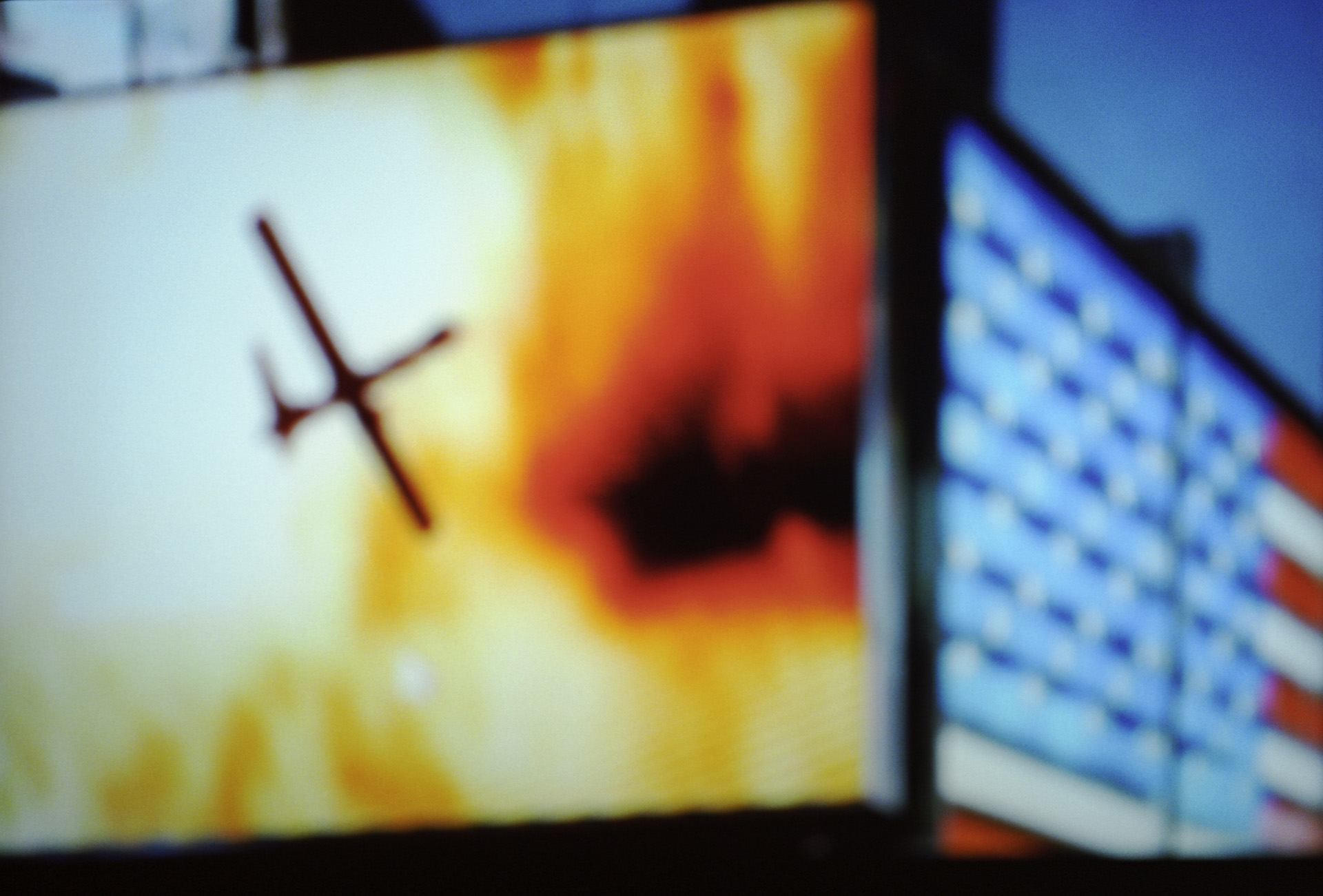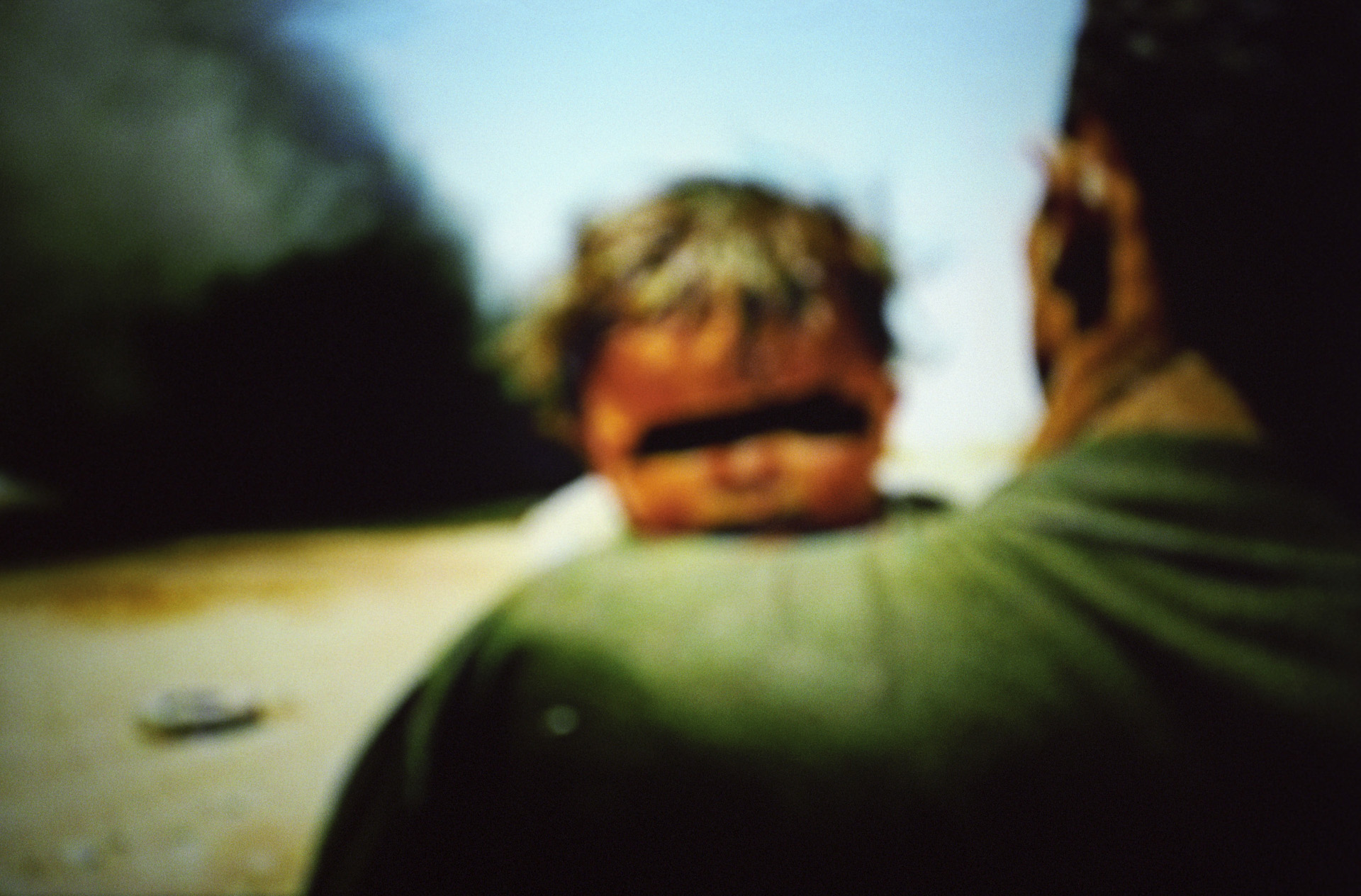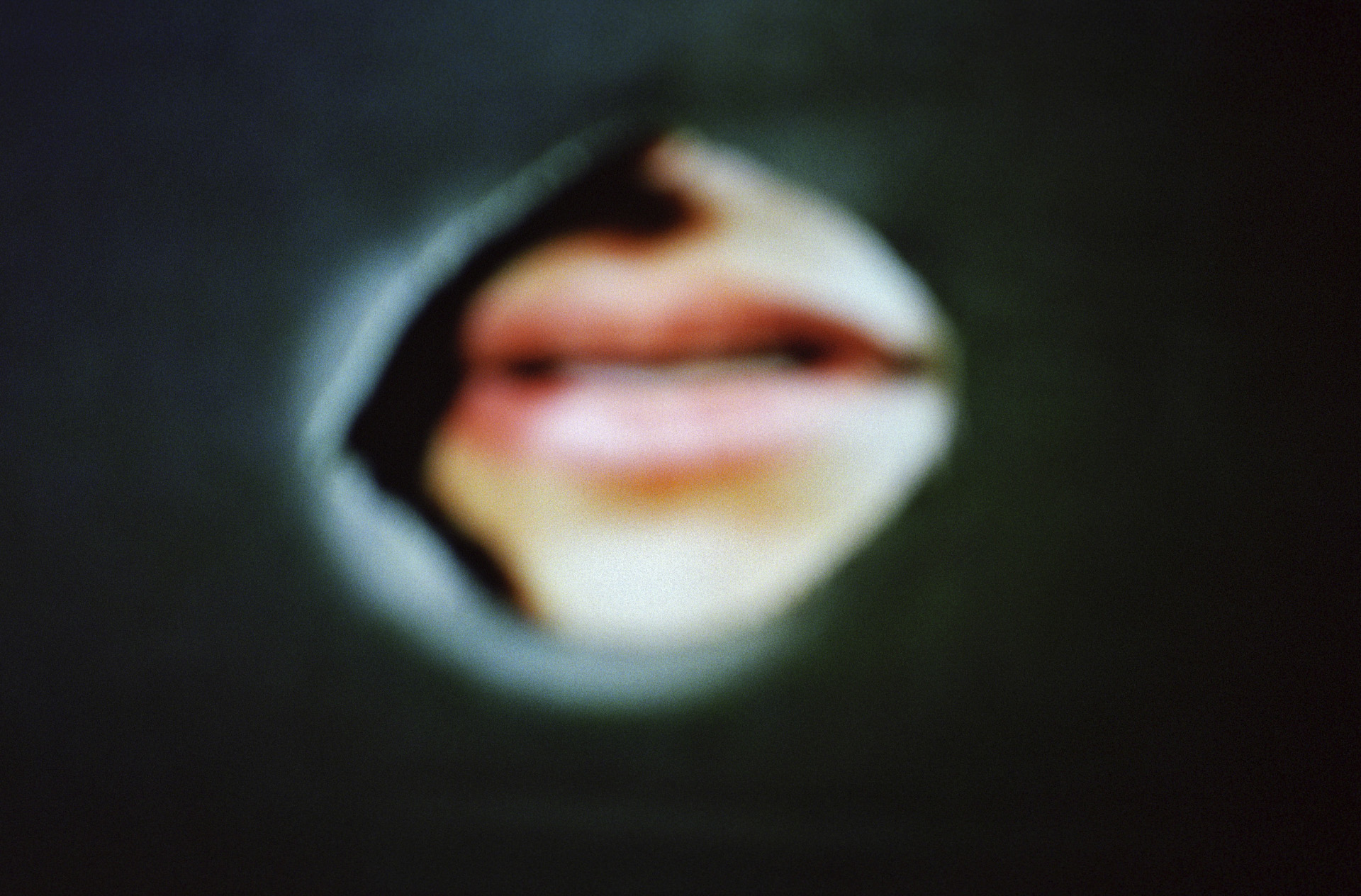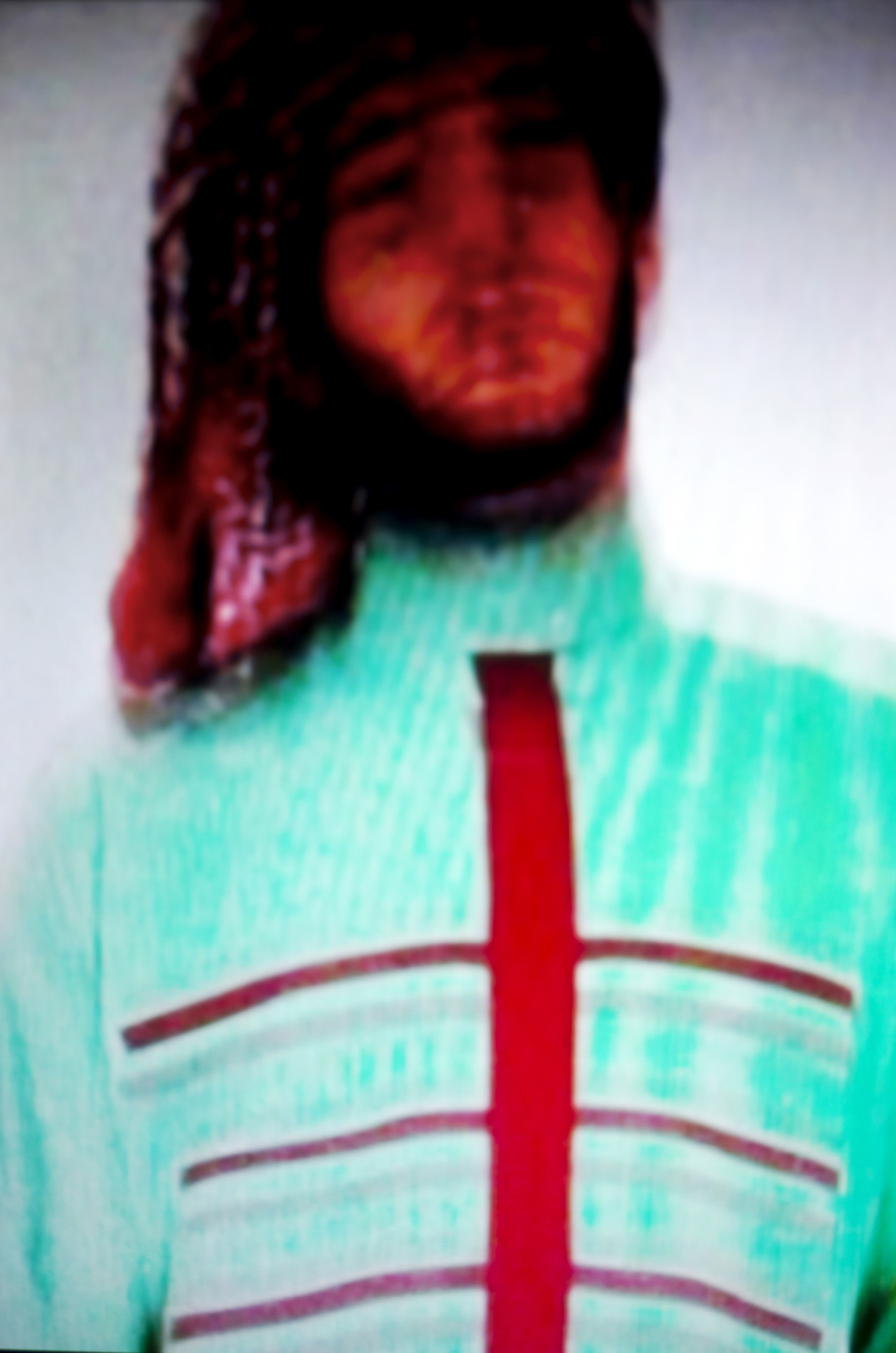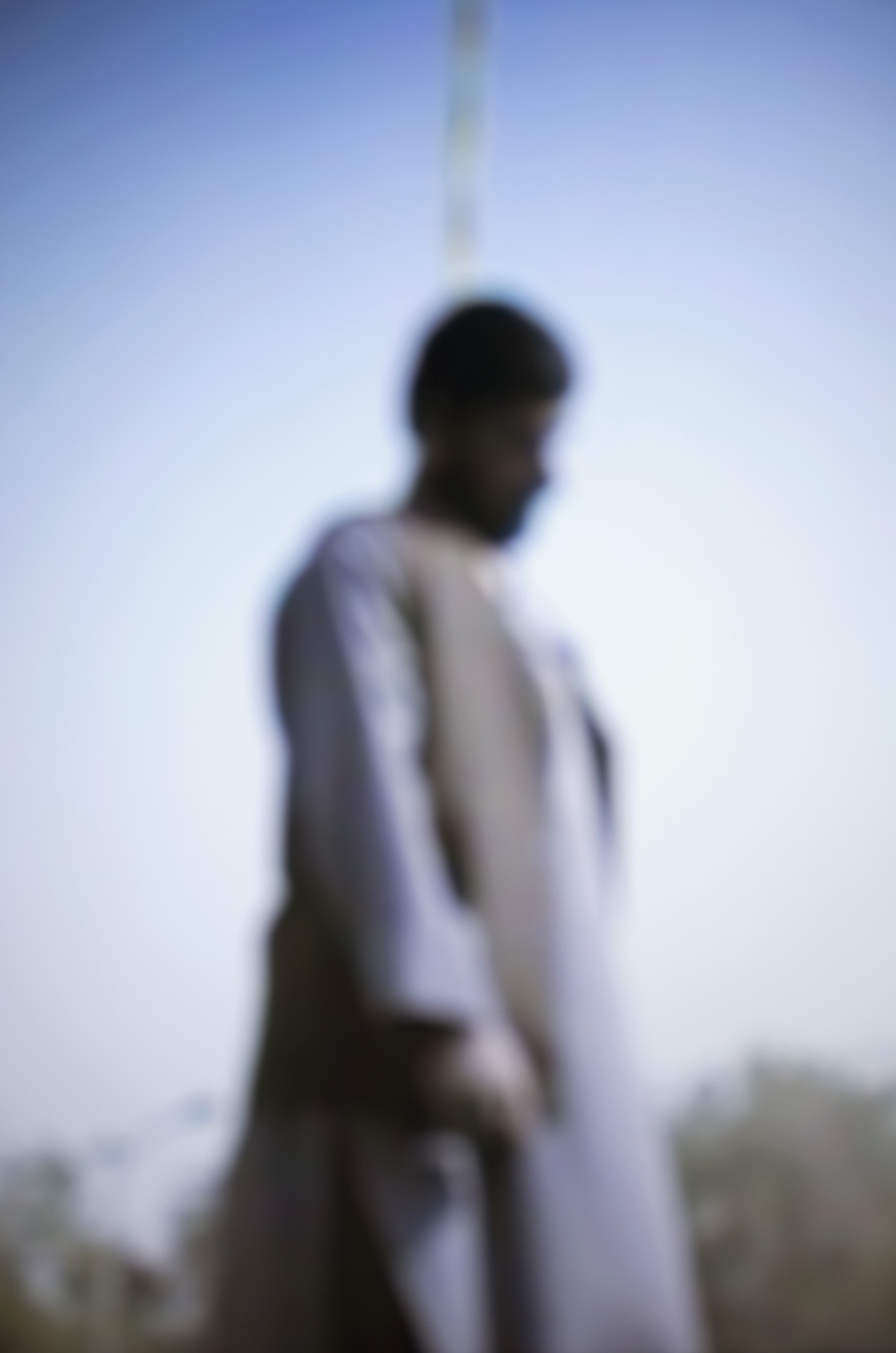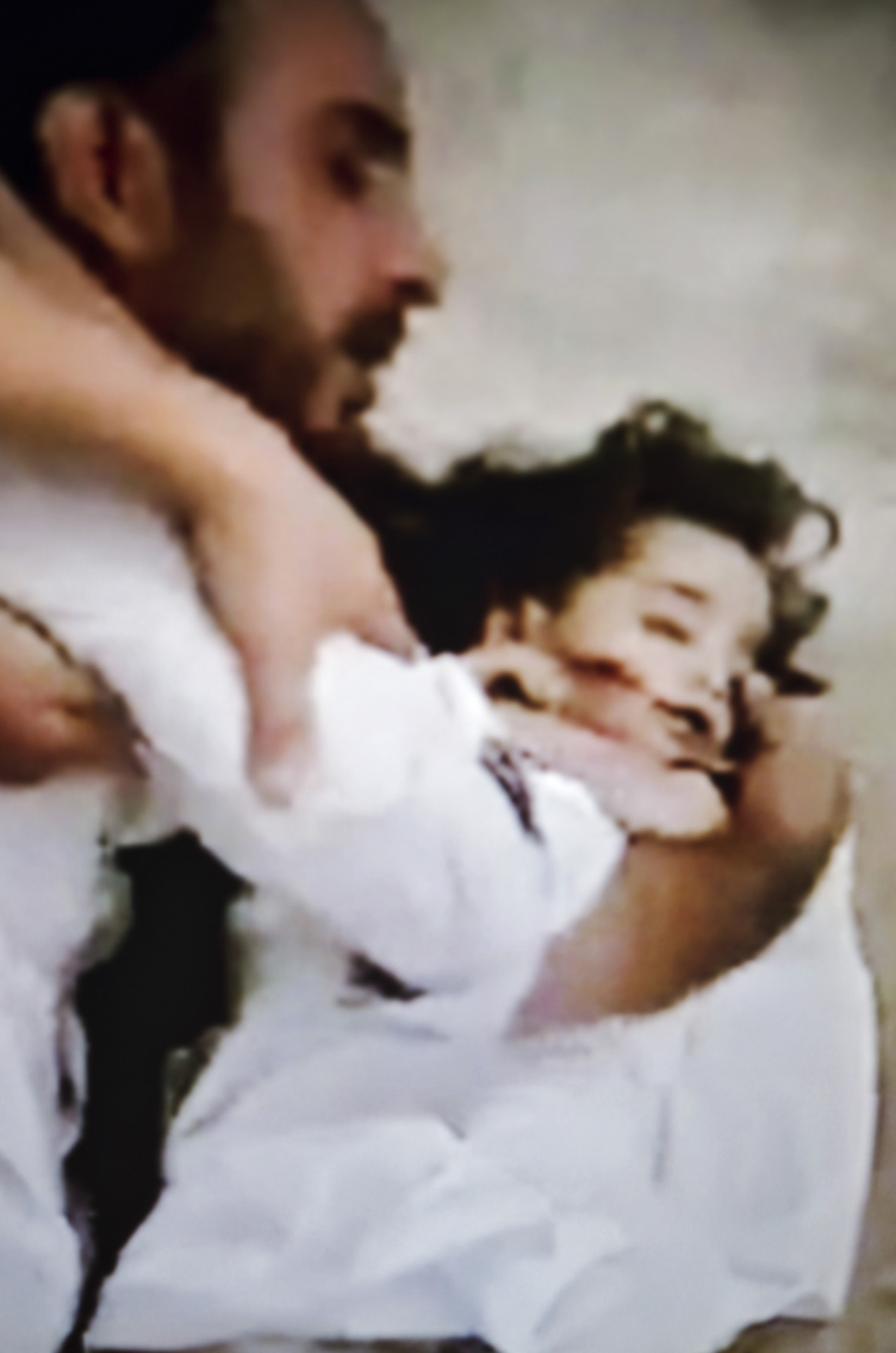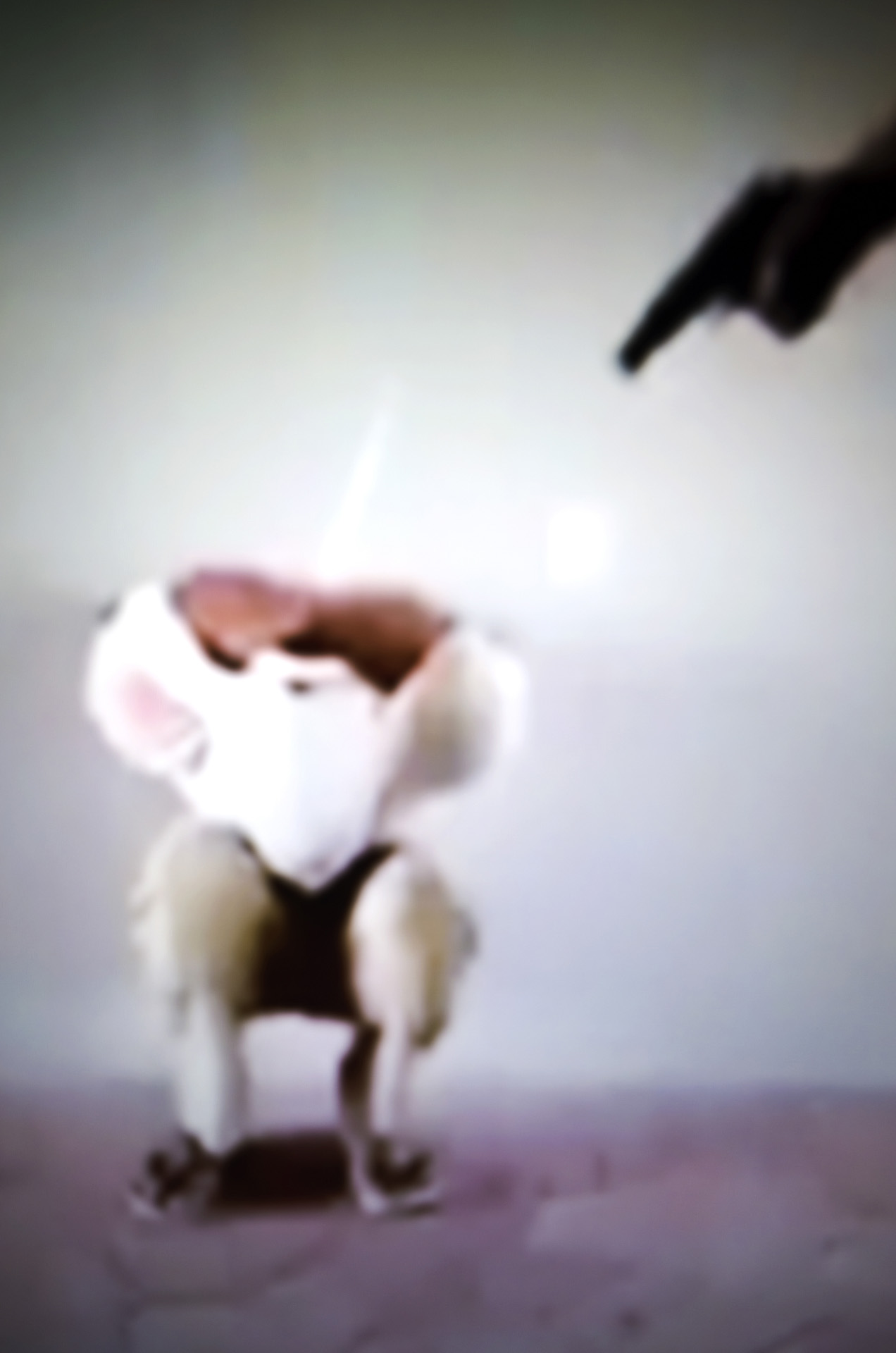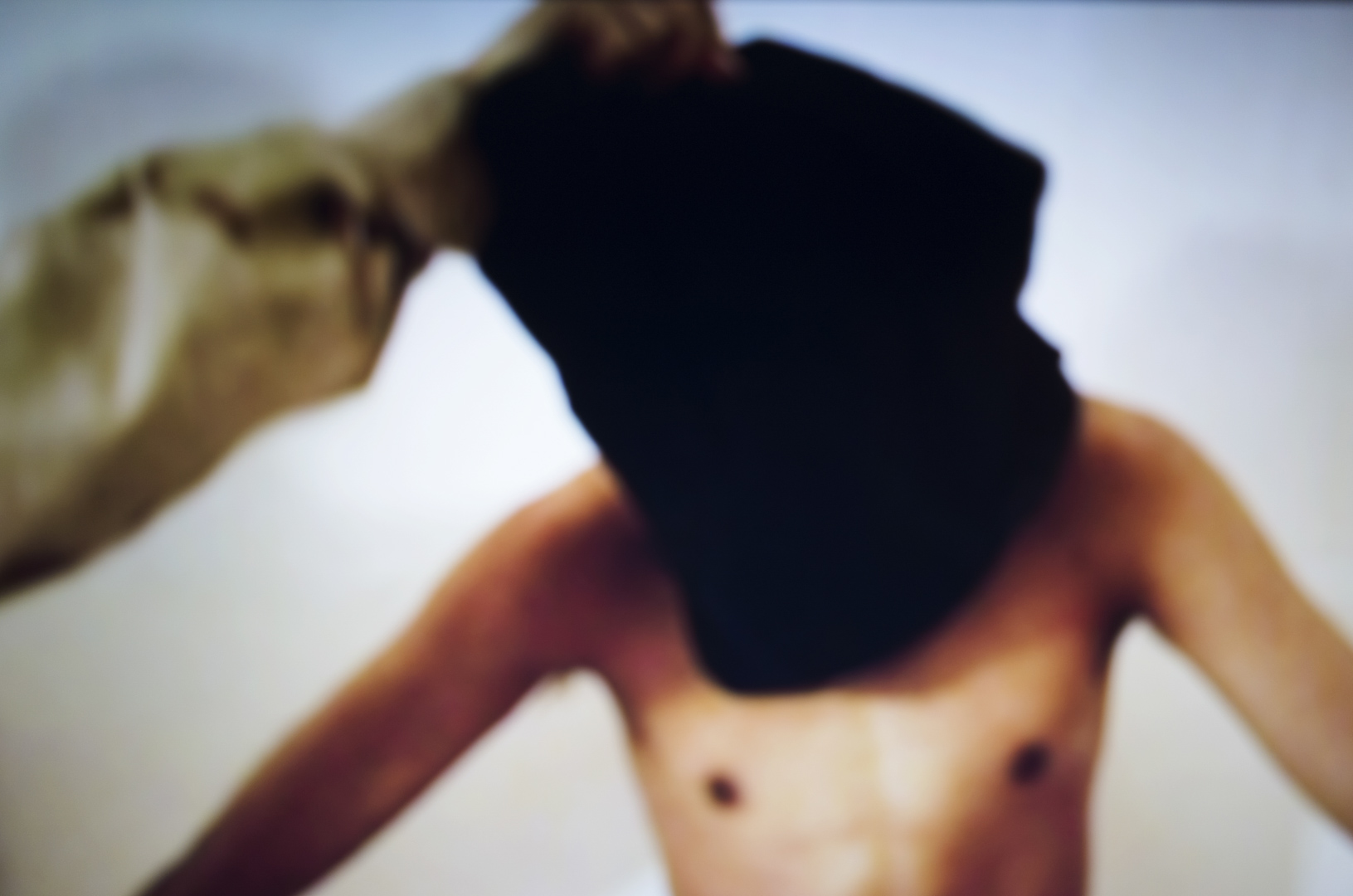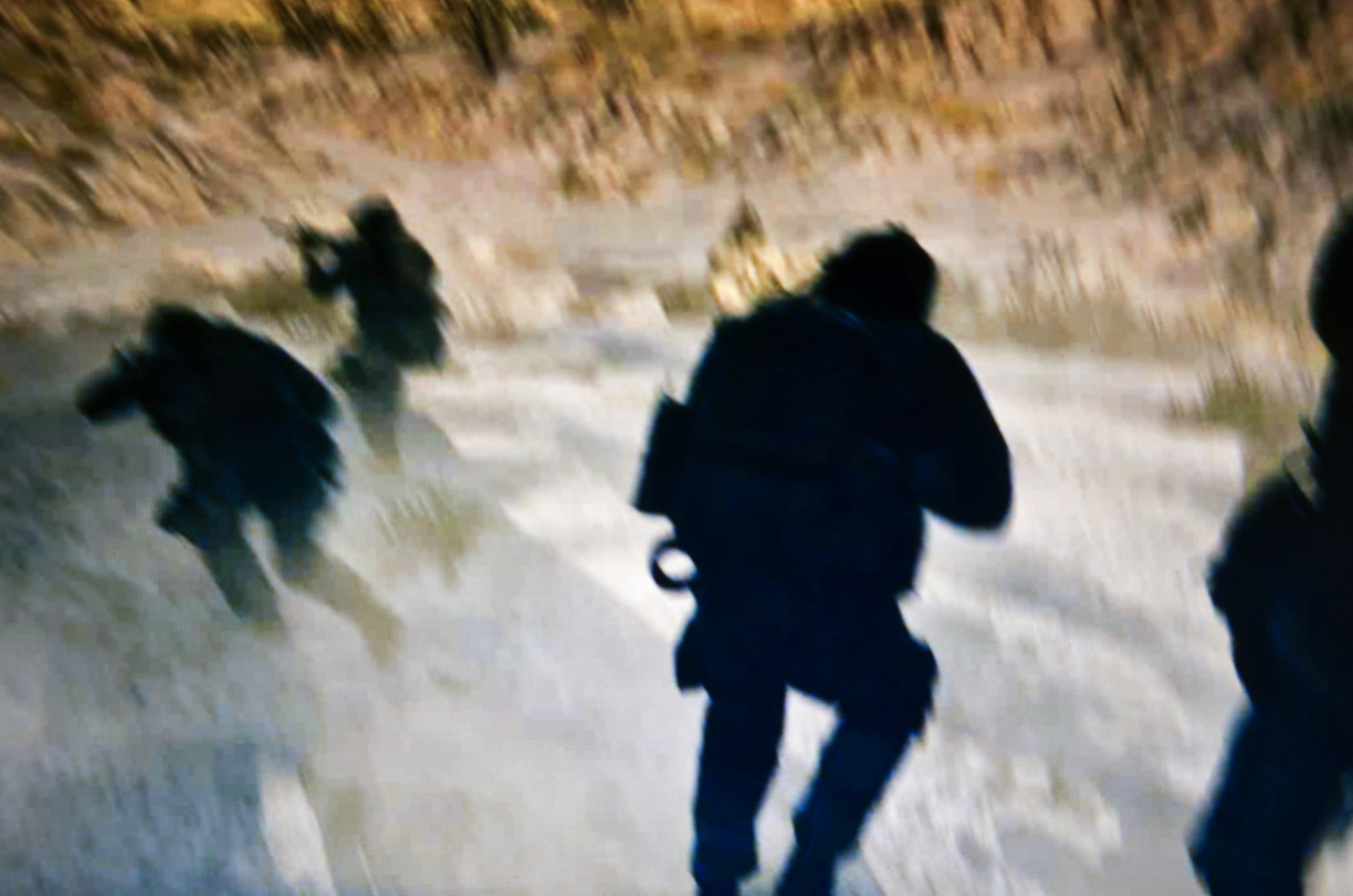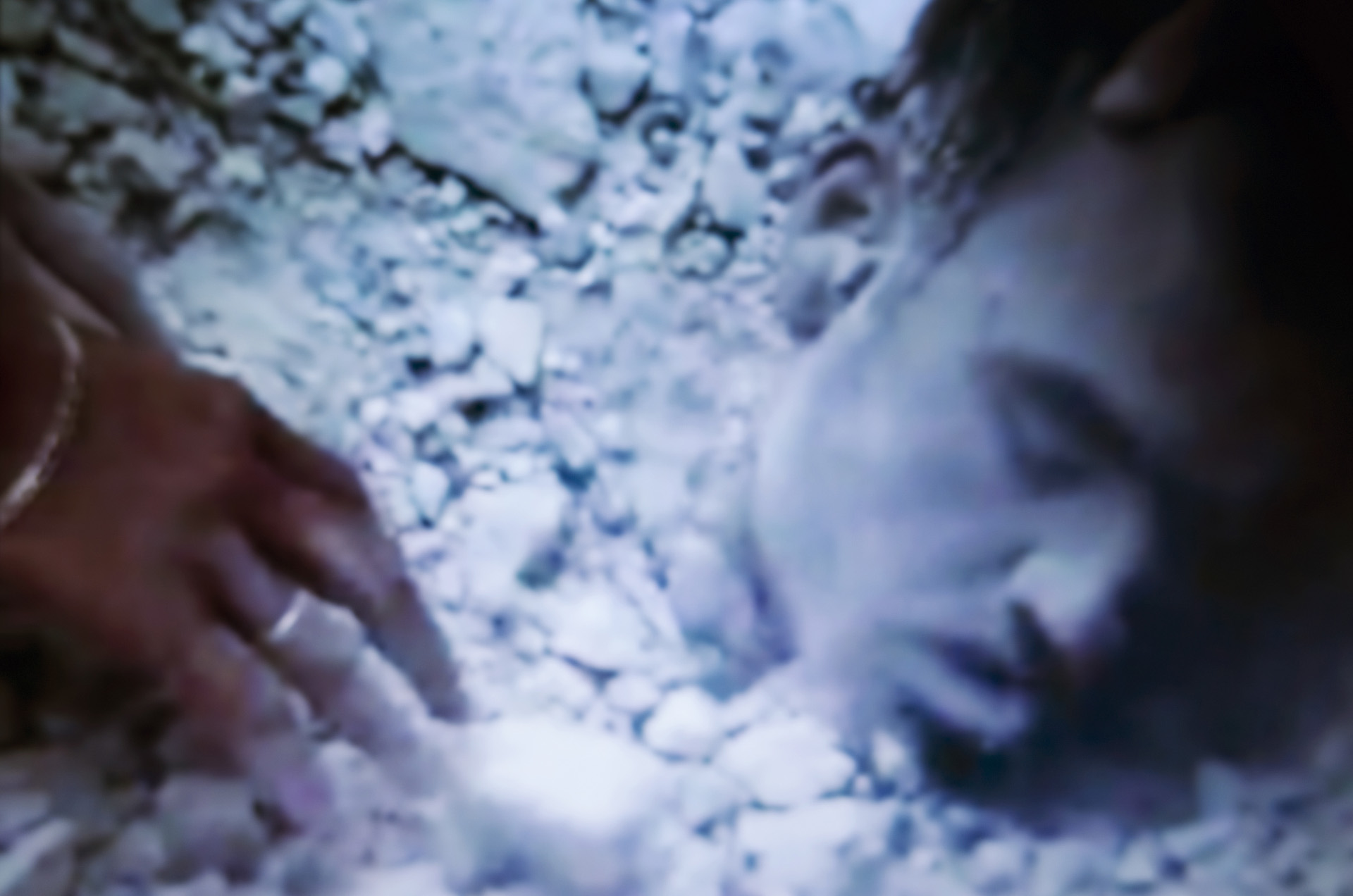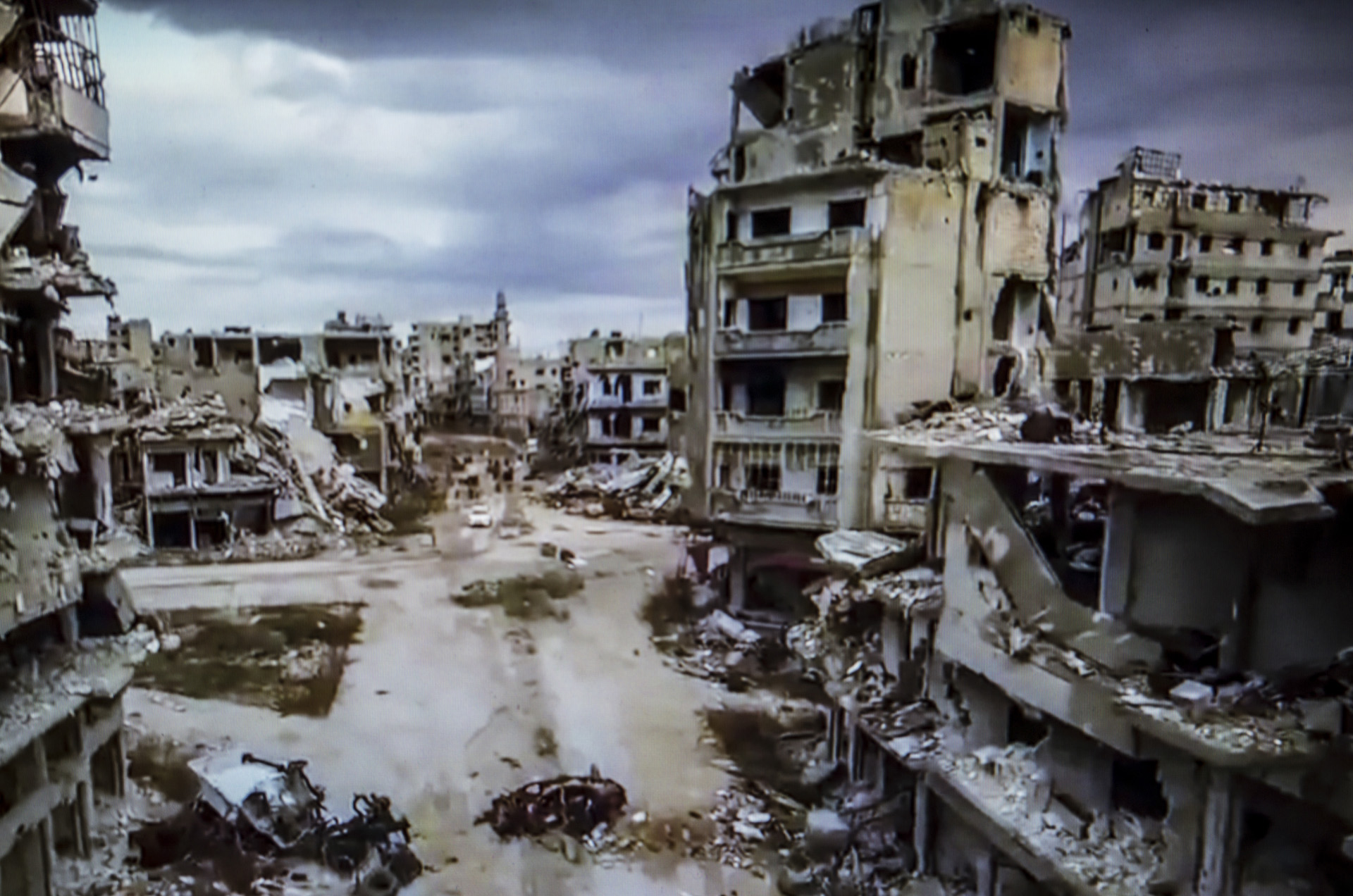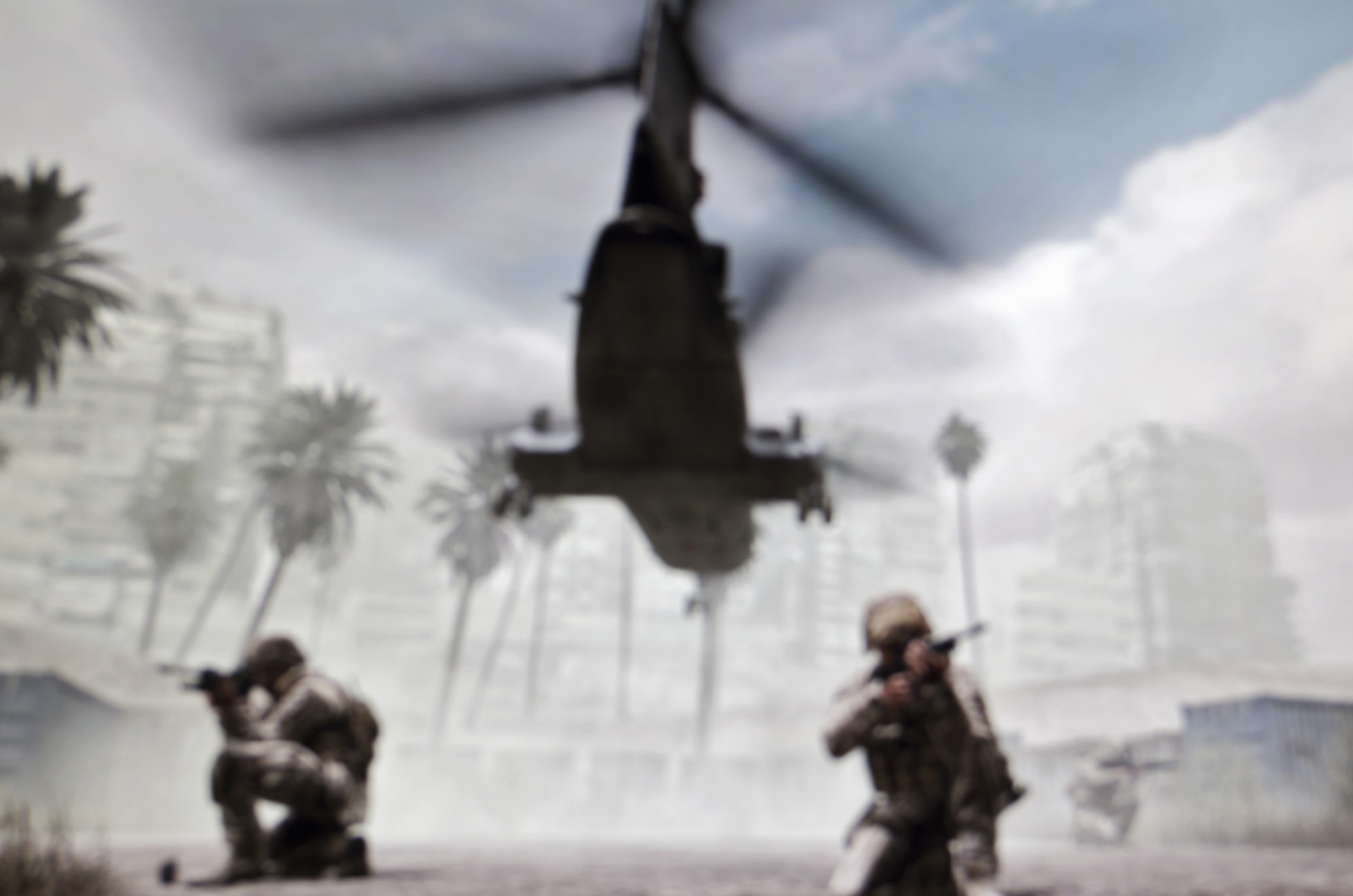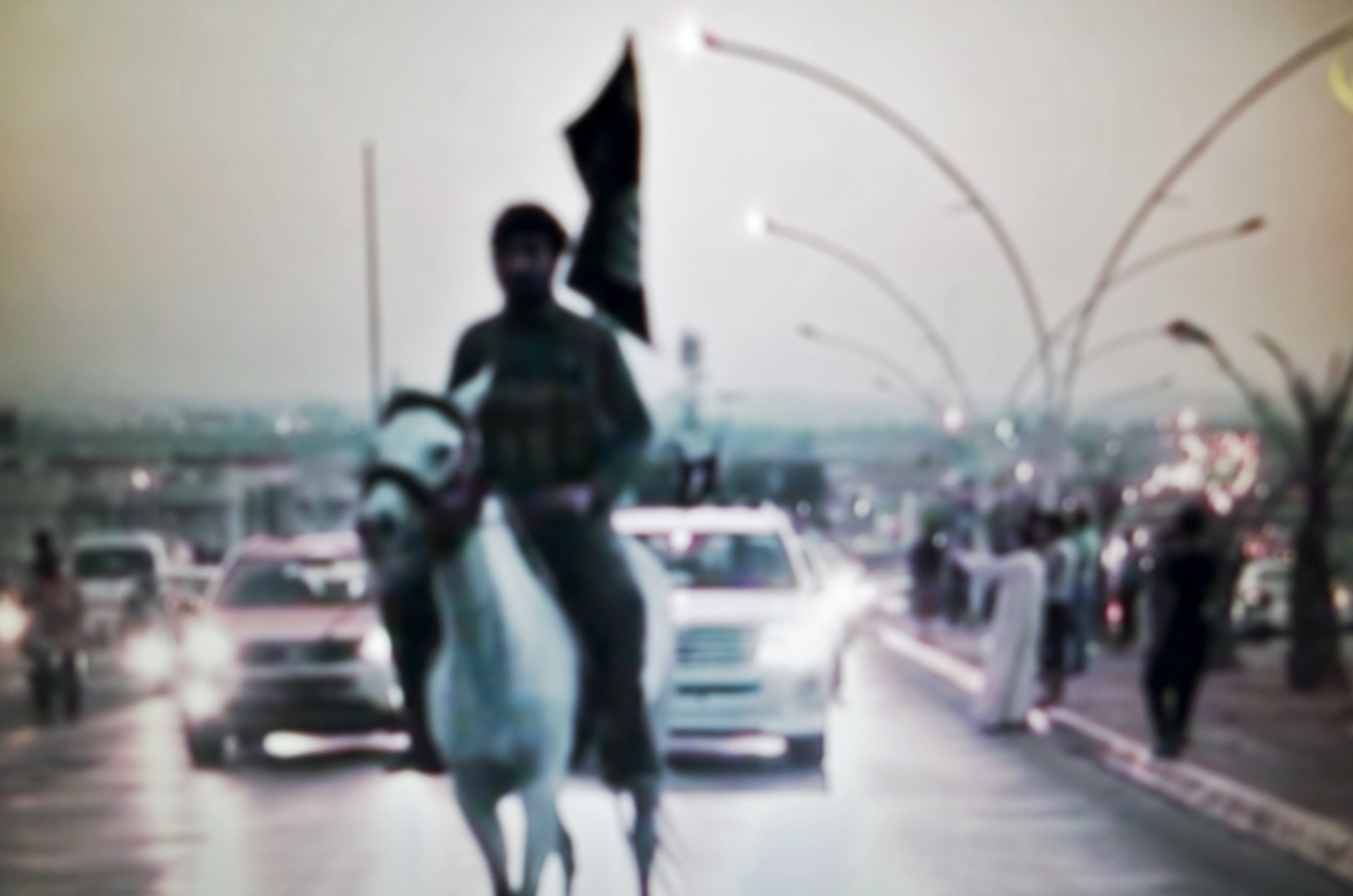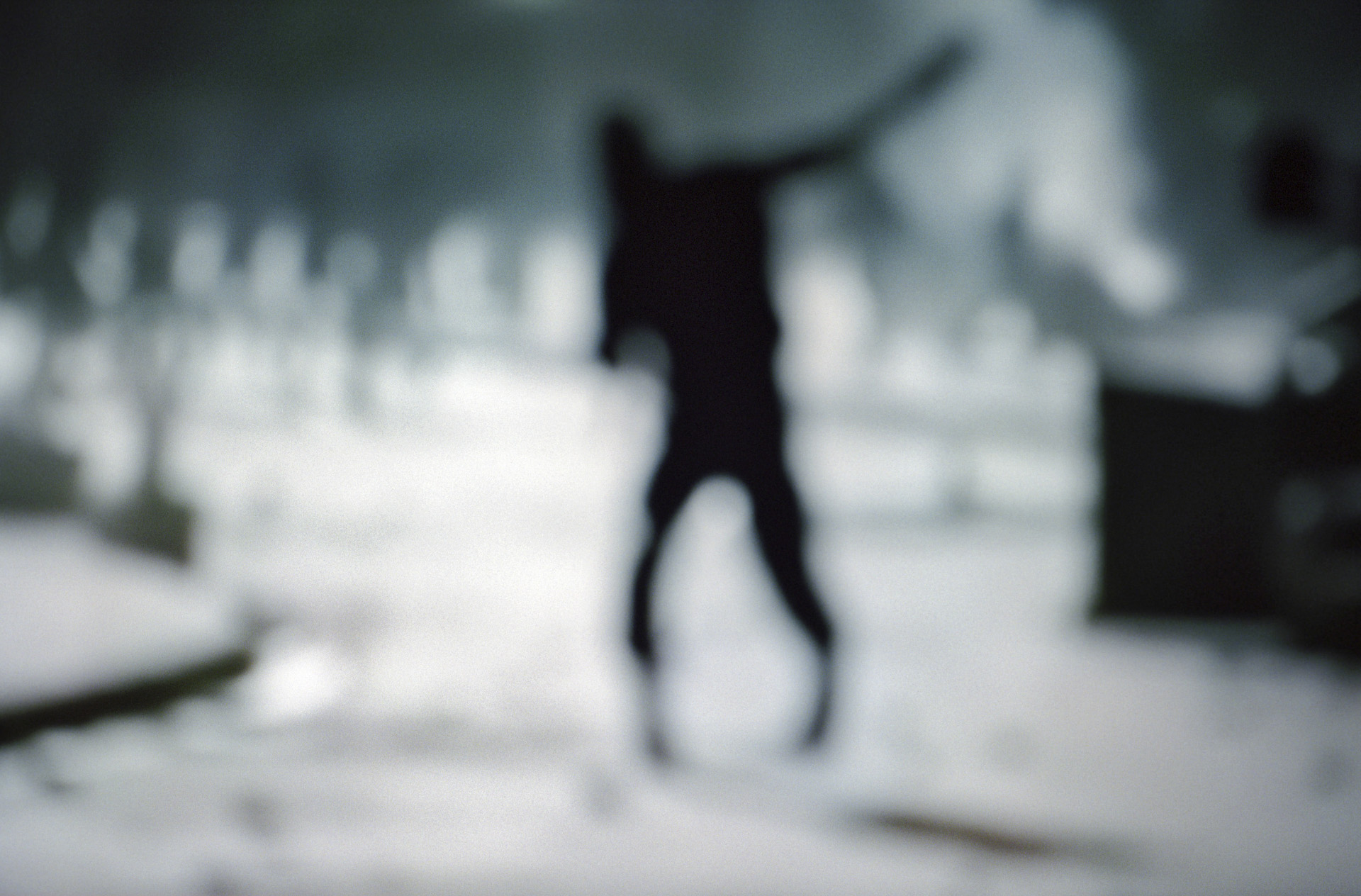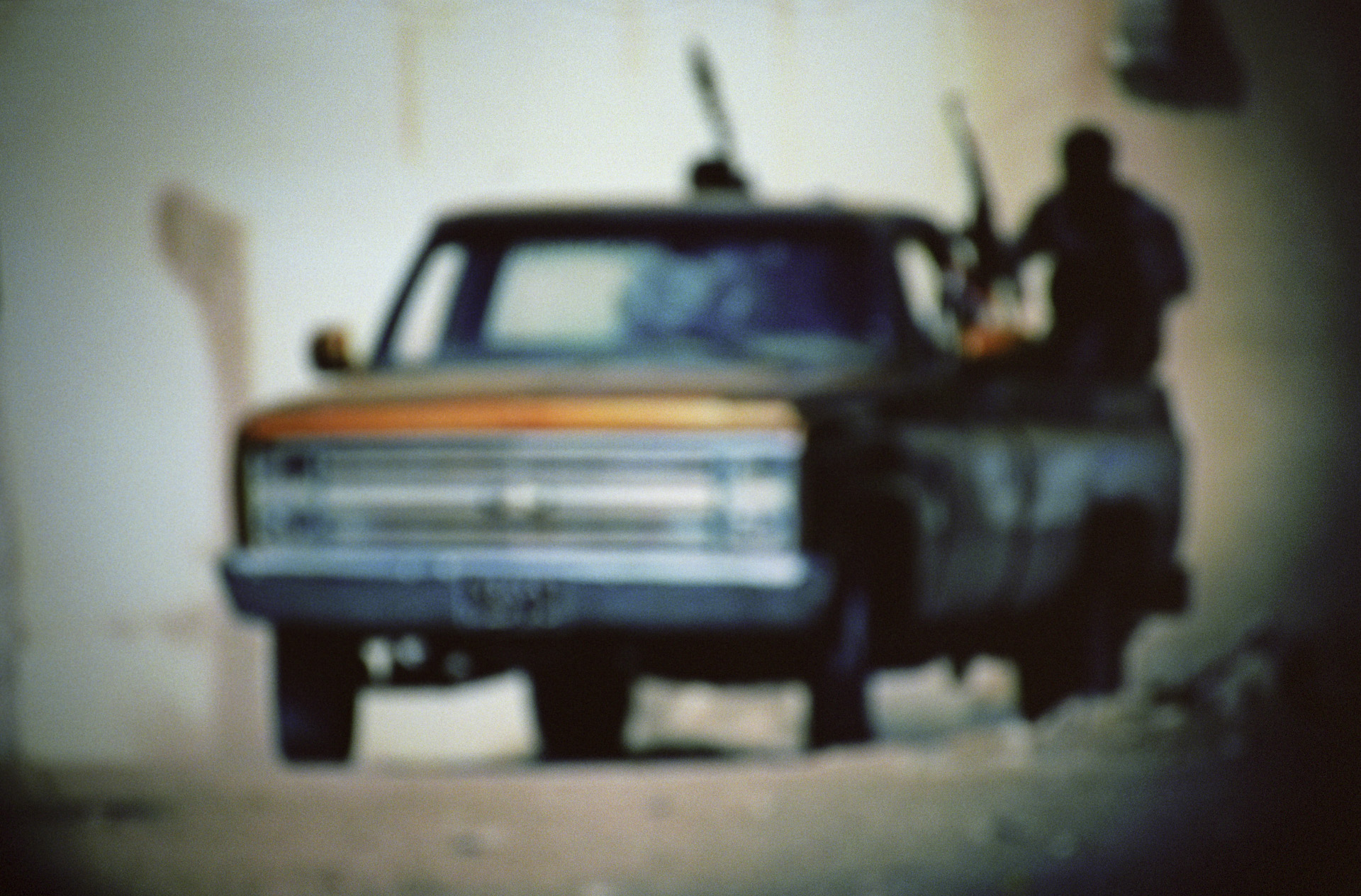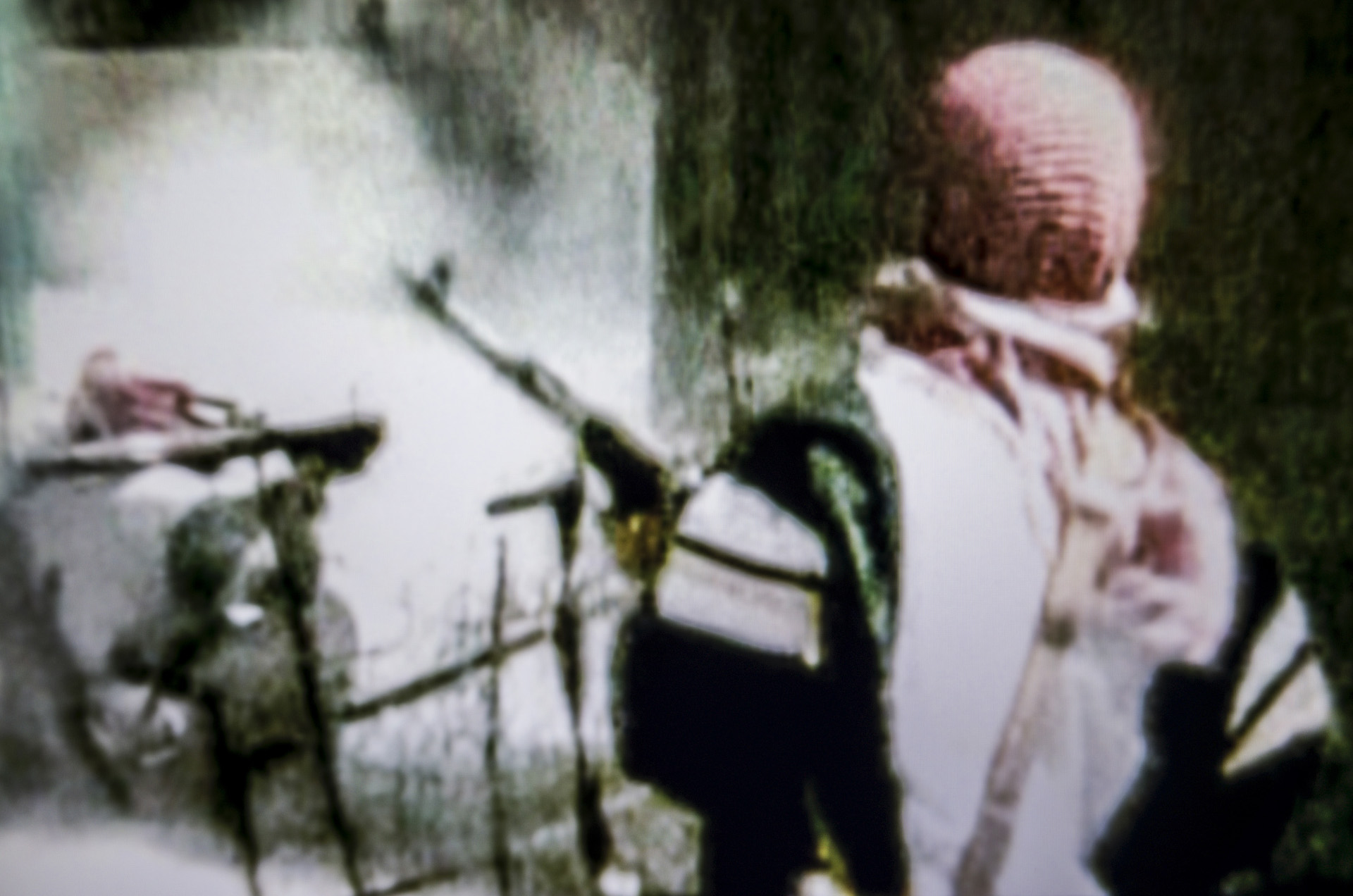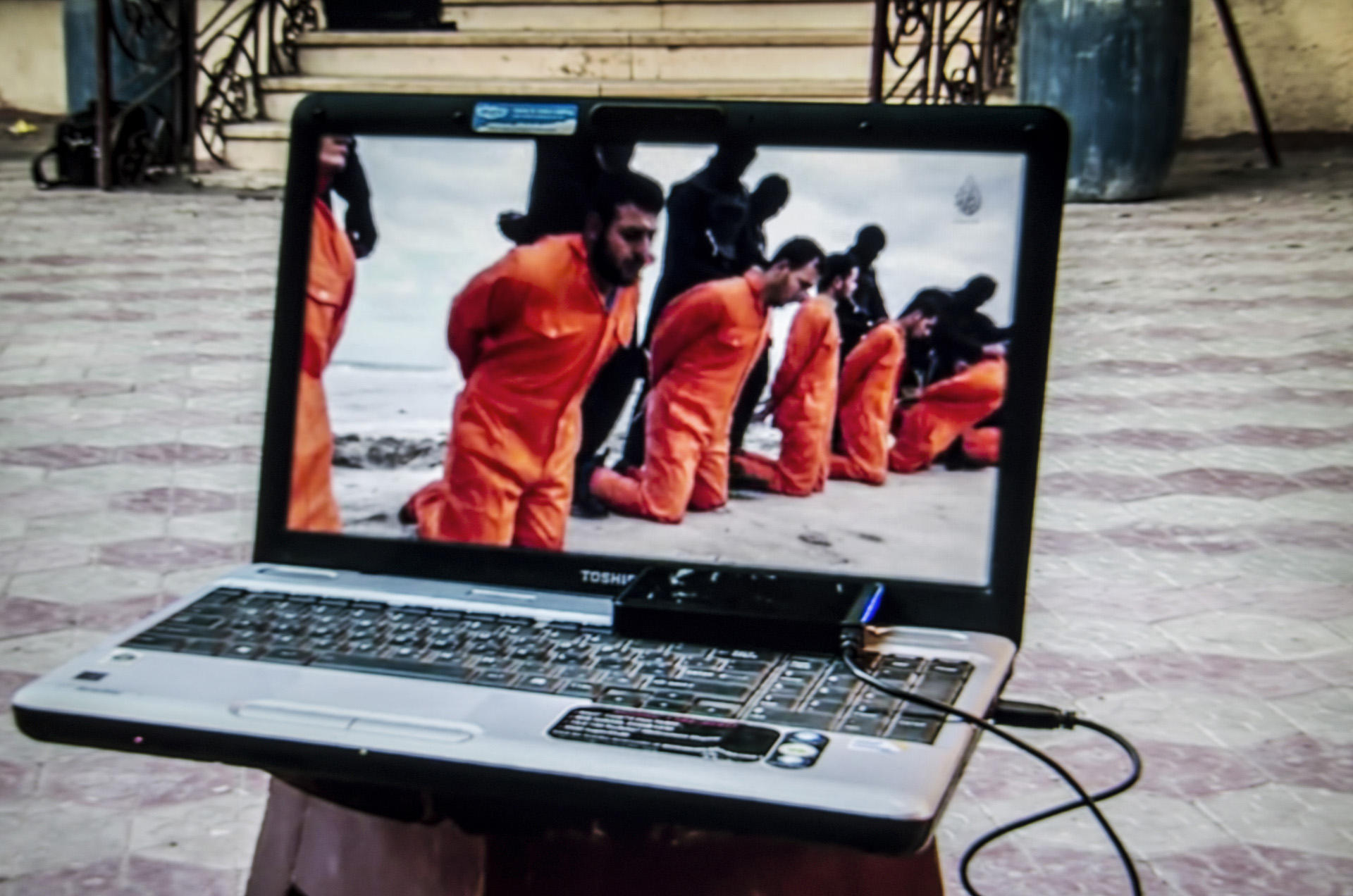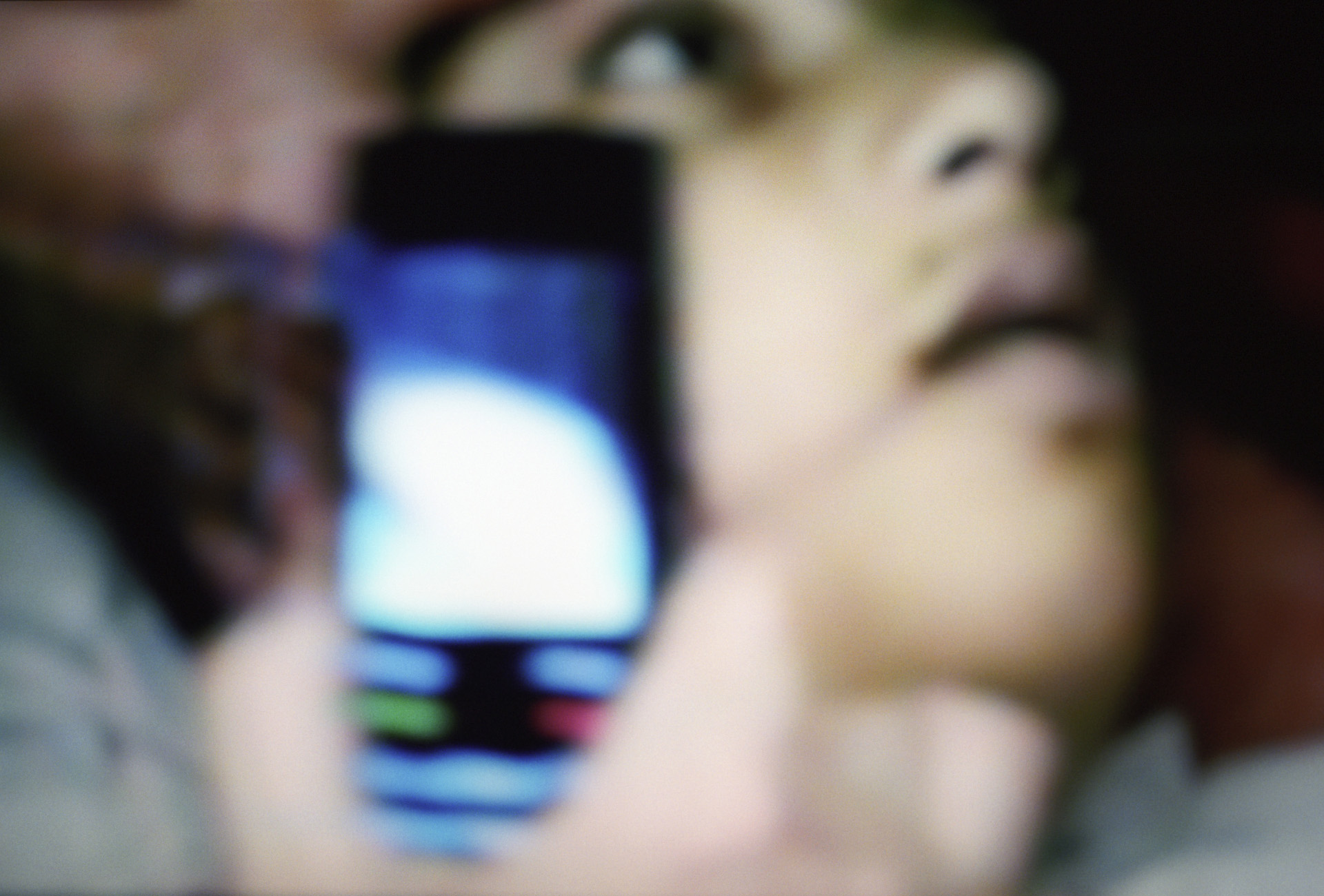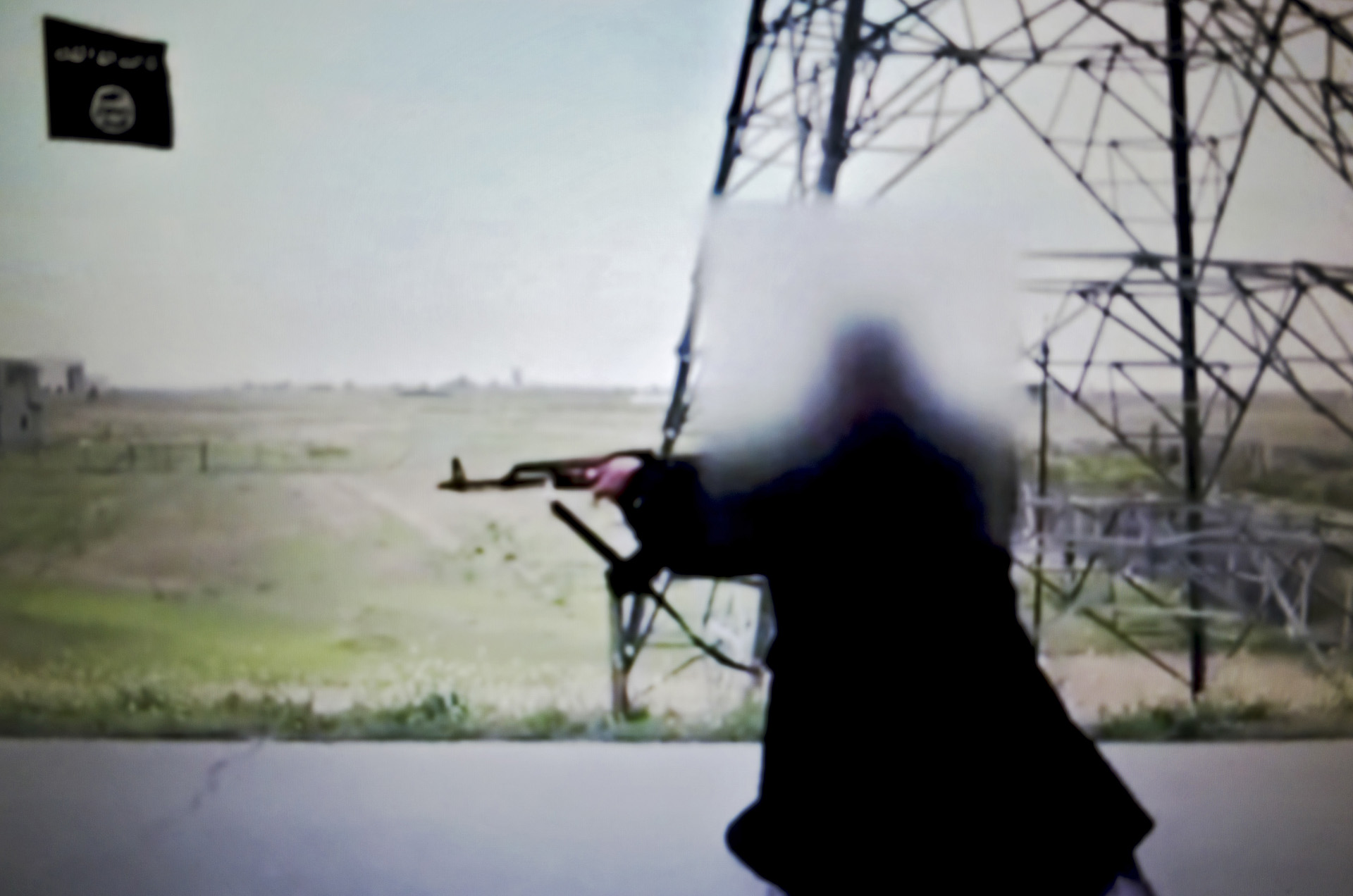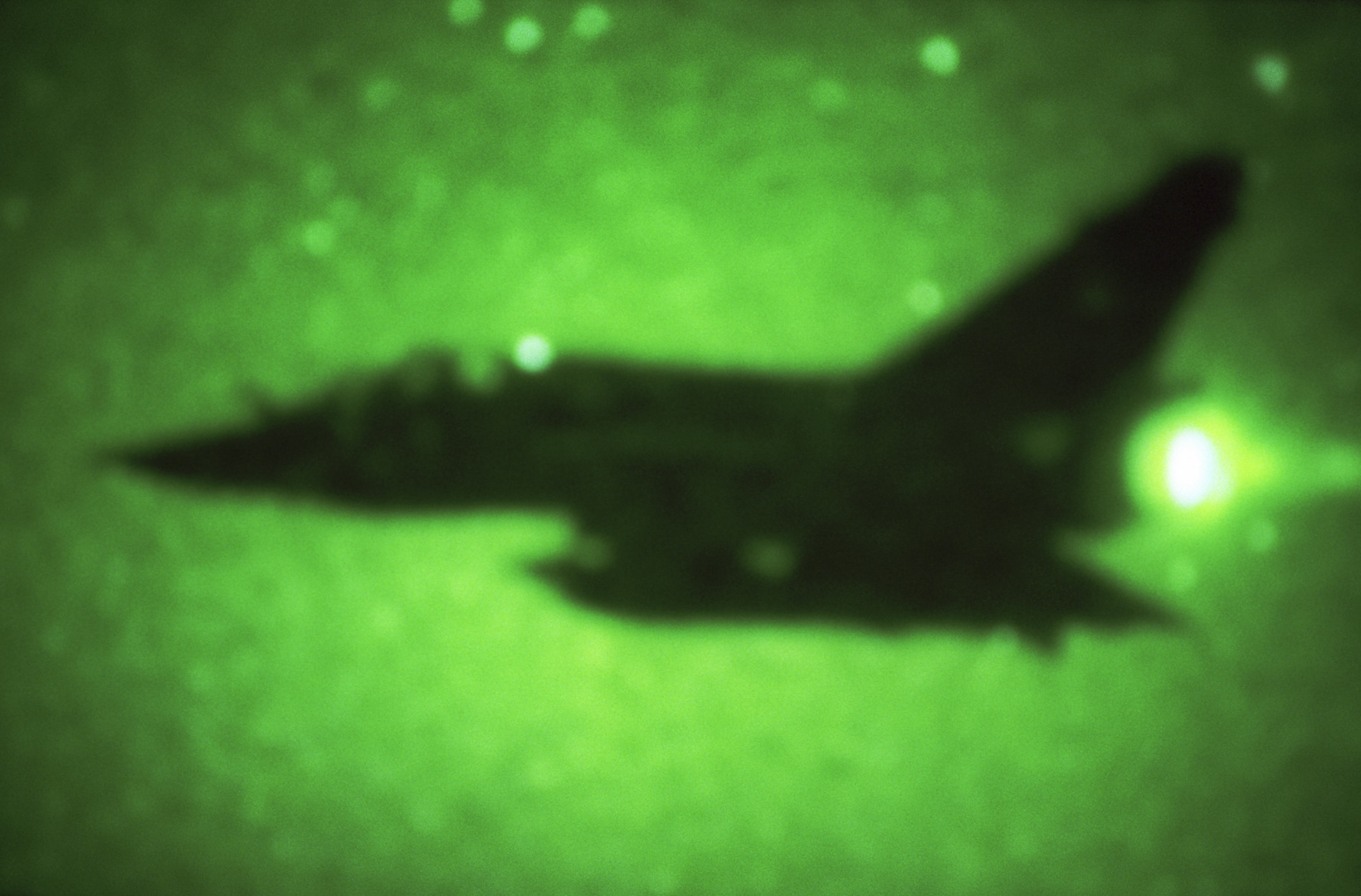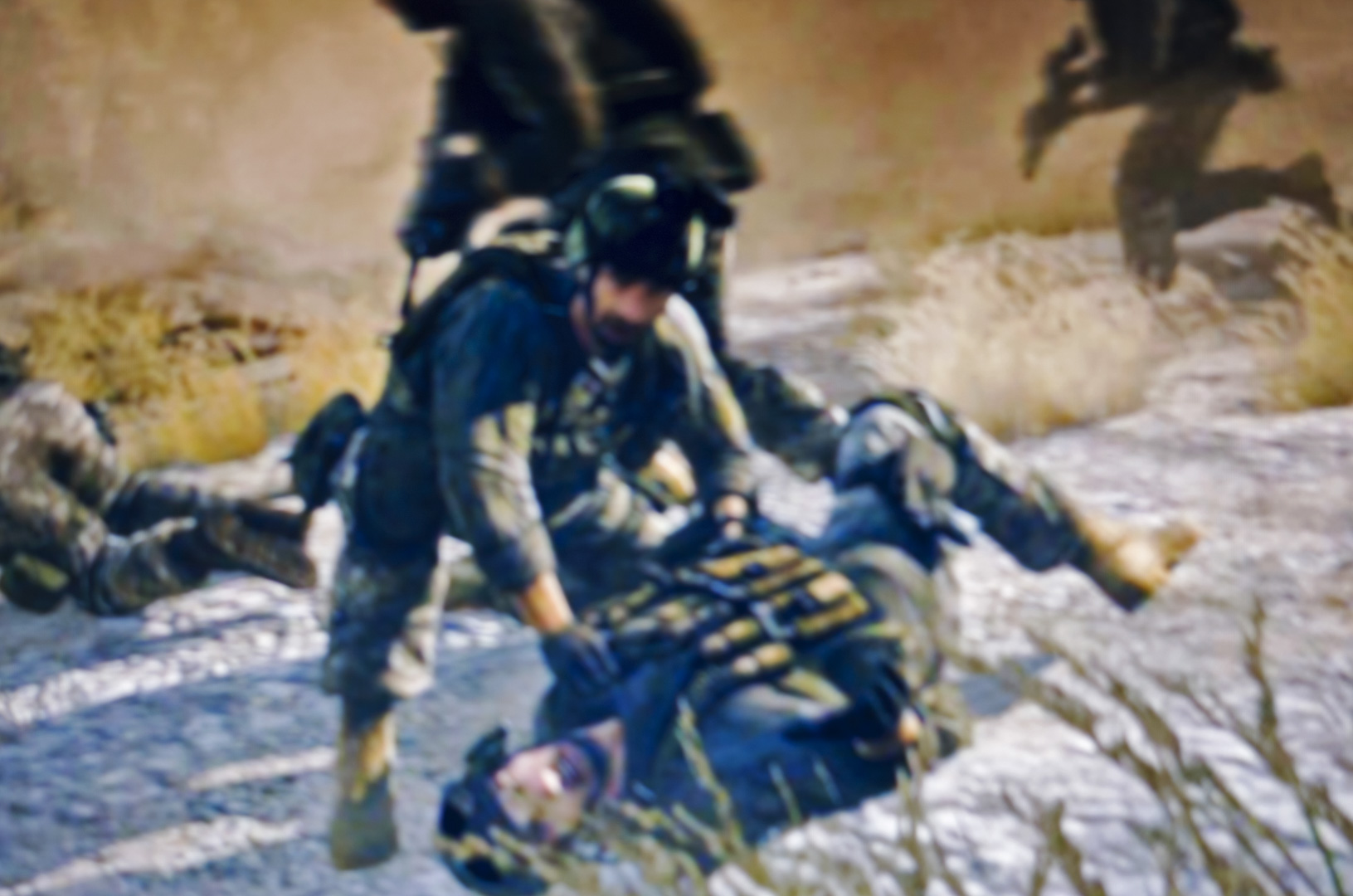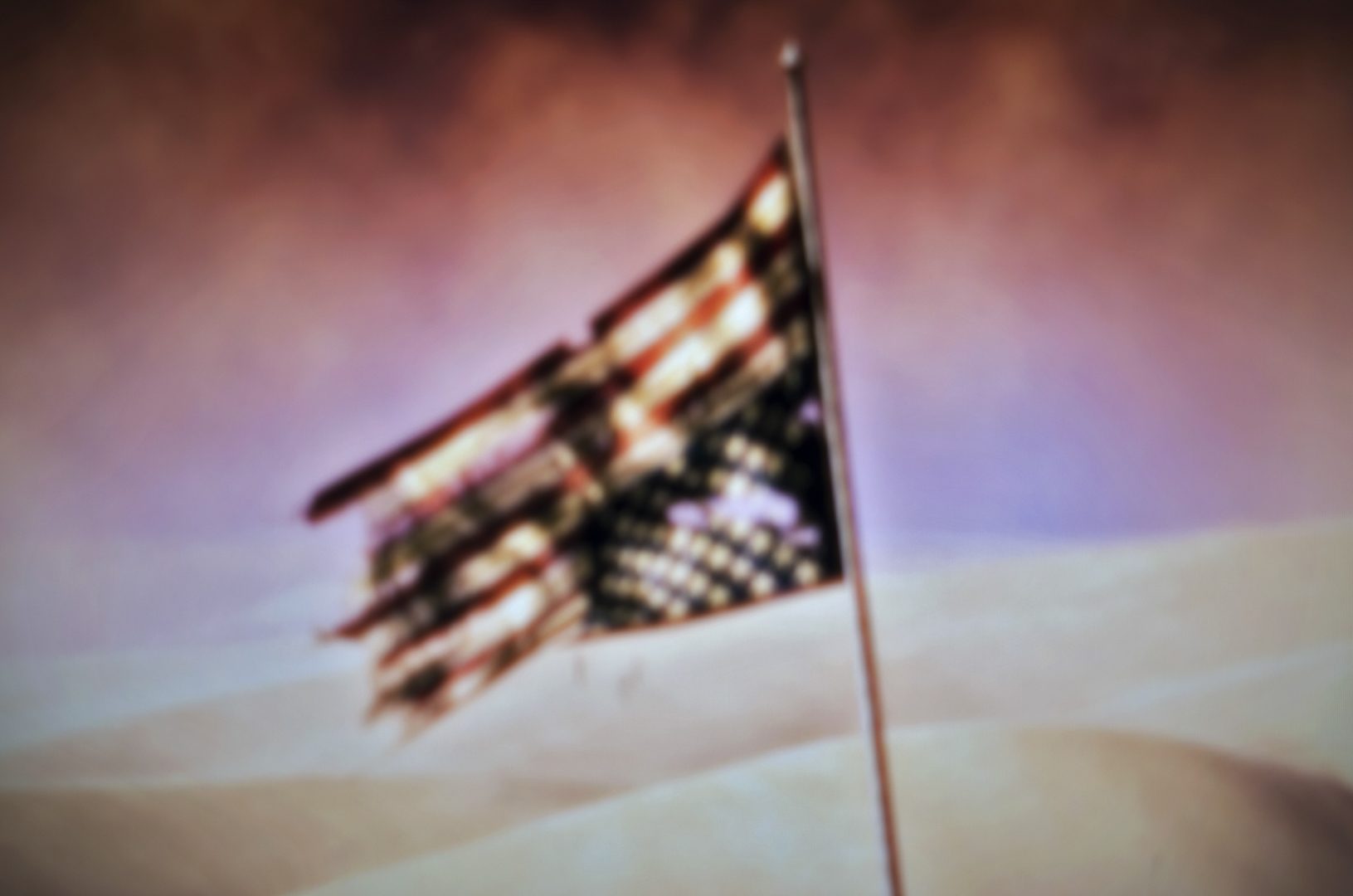Witness, 2017
‘It is probable that we have all become passive witnesses, once again, to a barbaric act’.
Günter Grass
It is a photographic essay on the representation of contemporary wars through the media in which I analyze the impact of news footage and the violence they convey.
It is a reflection on the meaning of images, on what they suggest and transmit, on the power they have to blur the benchmarks between fiction and reality.
This work is a continuation of my photographic research on the theme of remembering, and it echoes my doctoral thesis, which was a study of the Spanish war as seen through the prism of the illustrated press.
This photographic series was produced from details of images taken from our visual culture : internet, smartphones, video games, TV and movies. These still images – transformed again – are fed as much by real information conveyed by news-reportage and films, as by the virtual reality of video games. They are purposely made to look blurred, and at times in movement, refer to the hazy images of our memories. They are the counterpoint to the moving images.
By choosing and re-interpreting these contemporary war images, I wanted to give them a symbolic impact and an iconic dimension they did not have in their original context.
Since the 11th of September 2001 attacks in the United States, we have entered the era of the instant image. With the compulsive use of internet and social medias, Middle-Eastern wars have been intruding daily in our private lives. Wars in these countries are happening direct-live and we are the witnesses – via the media – of an ongoing information flux on terrorism and conflicts in the Middle-East. We are drowned by a continuous flow of violent images, which we cannot decipher or even analyze.
In Irak and in Syria a real psychological war emerged across the borders of the countries engaged in the conflict (Western and Middle-Eastern), who are using the same media weapons : the driving force behind the crime is now proved by the image. In a world where everyone sees themselves as a photographer, and where the civilians and the fighters are often themselves war-reporters via their smartphones ; an ever-increasing number of hyper-realistic images show war in real-time. This showing of horror on TV and on the web has for effect to spread fear and dread. It shocks people’s minds while seeking to manipulate the viewer, like propaganda video games as shown by Daesh (ISIS). The images presented in the Witness series contribute to this work of memory and identification. They are a silent witness to the madness of today’s men and echo the images of war that have marked man in the 20th century.
The Witness series is constructed as a fictional war report that highlights the confusion of images. These photographs, by their symbolism, refer to the iconographic universality of war.
François Fontaine
